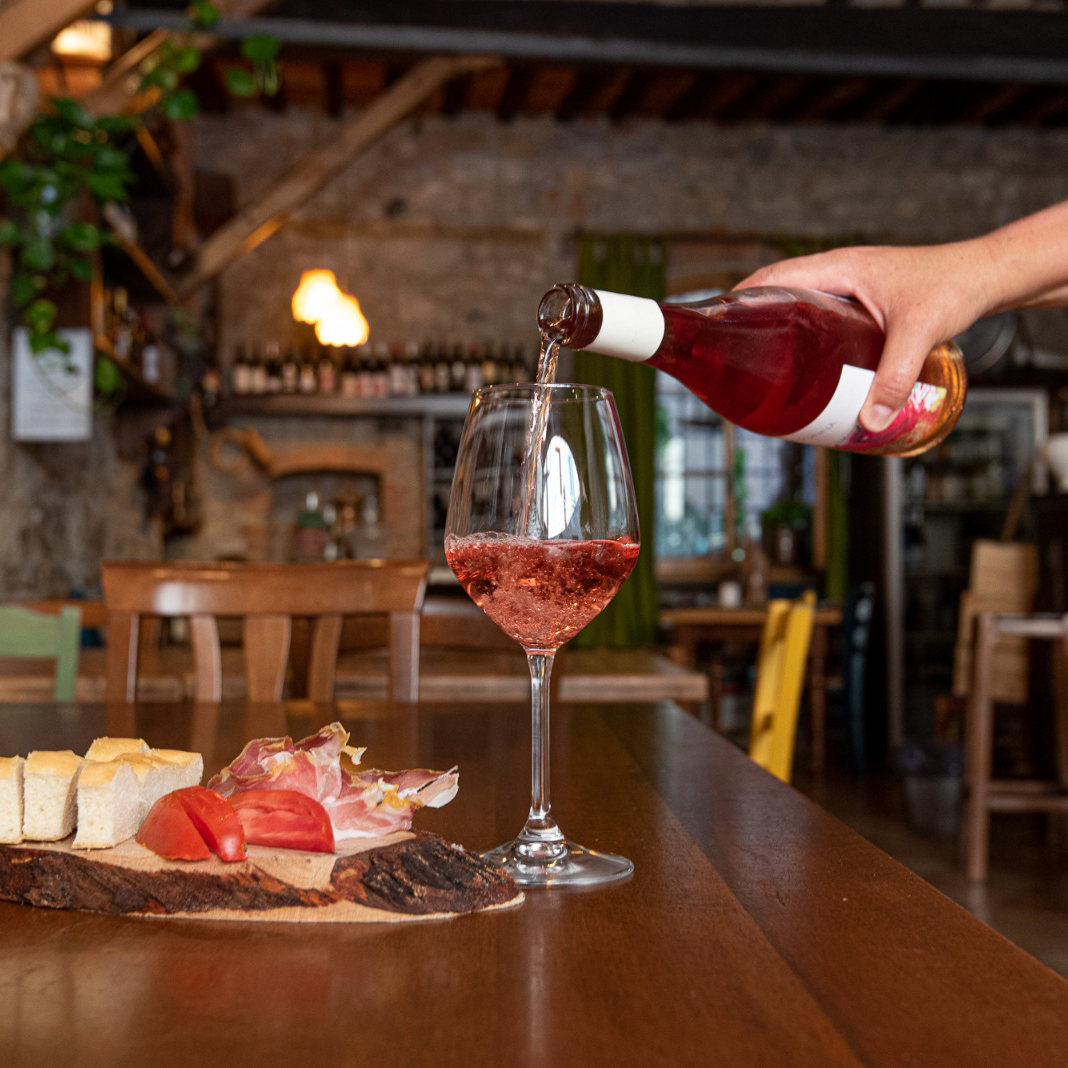While waiting for the next vintage of Sysa, let’s tackle a topic on which laymen and wine lovers often have doubts: “how is a rosé wine made?”
Let’s start by answering the most common question: “Is rosé wine made by combining white wine and red wine?”. The answer is NO this practice in Italy is illegal, except for the production of some particular sparkling wines whose curvee is a mix of white and red grapes. So how is a rosé wine made?
There are many ways to make a rosé wine, almost all of which involve starting from red grapes which once arrived in the cellar will have a short maceration followed by a vinification closer to that of white wines.
Let’s see some of the most used methodologies:
1) Direct pressing:
The basic idea is very simple once the grapes arrive, proceed immediately to a soft pressing of the same, immediately extracting the must which, given the almost absent maceration with the skins, will be pale pink.
2) The short maceration:
This method involves pressing the grapes after just a short stay in a tank to allow the must to color with the skins. The maceration time varies greatly depending on the result, especially the intensity of color to be obtained, ranging from a few minutes for light rosé wines up to 24 hours for “one-day” rosé wines that have a very intense color.
3) The bloodletting:
The bleeding technique also known by the French name of “saignée” was created to concentrate the color and structure of red wines, increasing the ratio between skins and must. On a practical level it consists in removing the must without the skins from the maceration mass in the tank, which given the short stay with the skins will have a pink color. The goal is therefore not so much to make a real rosé wine as to make a quality red. Rosé wines produced with this method often end up being products of questionable quality but with a low production cost.
4) The cofermentation of white and red grapes:
Unlike the union of white and red wines that we remember being forbidden, it is possible to obtain a rosé wine from the union of red and white grapes. The ratio of white grapes to red grapes is usually very much in favor of white grapes to obtain a product that is not too red.
